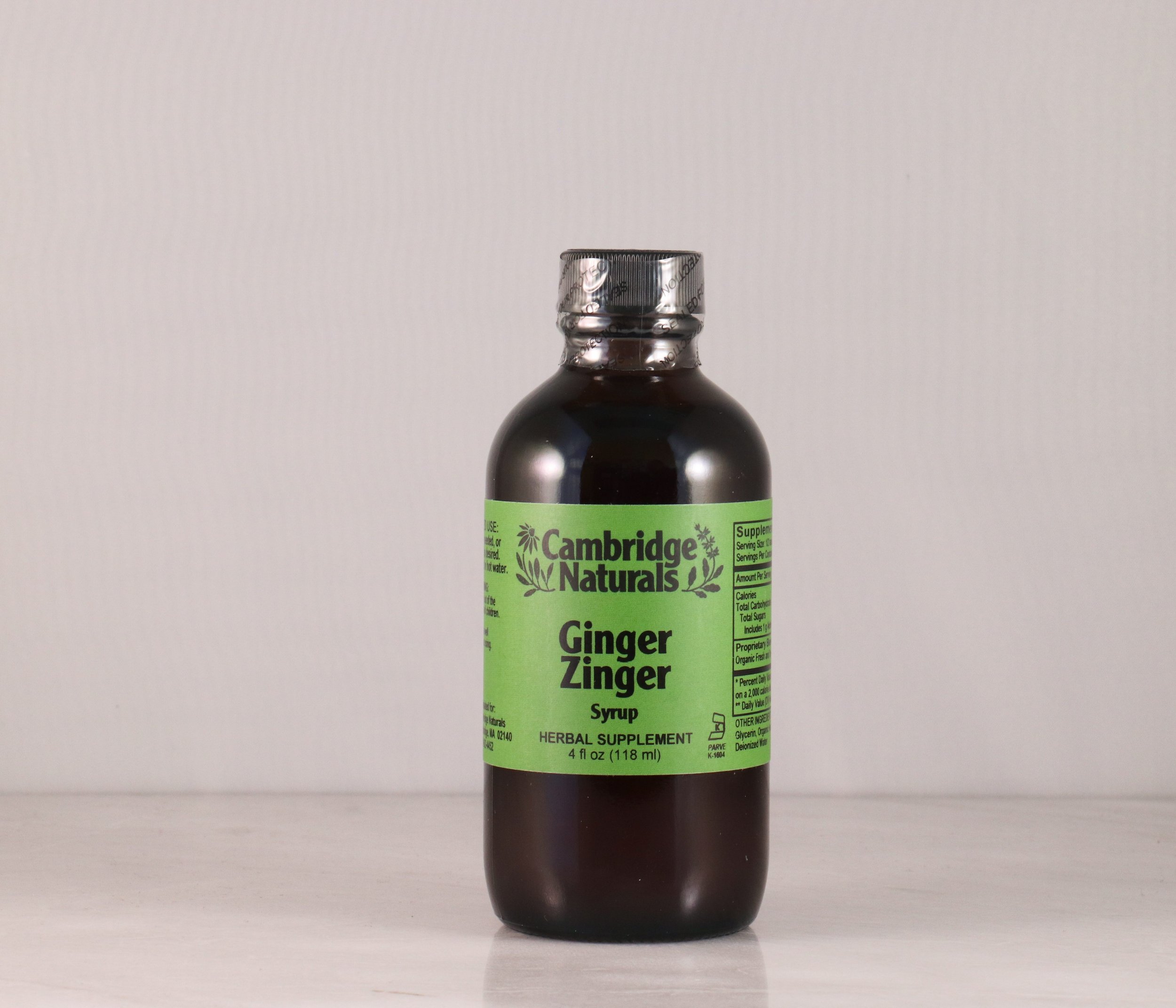By John B, CN Grocery Buyer & Blog Contributor
Ever since centuries back, way before Marco Polo could even conceive of his famous visit to China, the noodle has existed in an endless array of delicious flavors and textures and varieties. From crunchy to slippery, from blindingly spicy to fragrant and floral, a person could probably enjoy a different noodle dish every night for a year without exhausting their options or succumbing to boredom. Our grocery department has a couple of excellent new noodle products in stock, so I figured it would be a great time to share some suggestions with you on how to make them sparkle! Just remember: the three recipes I'm sharing with you today are but a few shades of a few colors of the rainbow of noodly delights, and I hope you'll come into Cambridge Naturals sometime, find me in person and tell me all the creative ways you're using our products to create that perfect slurp!
Let's start with Italian: Our Semolina Artisan Pastas are a delicious and high-end treat, and put any 99-cent-a-box grocery store macaroni to shame. Paired with some of our seafood and vegetable options, they make for a heck of a meal. Cook 3/4 pound of the Semolina noodle of your choosing. Roughly chop a cup of our Matiz Artichoke Hearts, 3/4 cup parsley, and 1/2 cup our Cambridge Naturals Brand Organic Almonds. Add them to the pasta along with half a cup of our Wild Planet Sardines in Olive Oil, some pecorino cheese, our Salt & Olive Olive Oil, lemon juice, salt and pepper. Now dig in! It's like a Mediterranean flavor explosion, contained entirely within your kitchen!
Another delicious recent addition to the store are a pair of wonderful gluten-free noodle options from King Soba. They come in two flavors. much love to the Pumpkin, Ginger & Rice, but it is my opinion that this recipe works better with the Sweet Potato & Buckwheat. First, make a marinade of soy sauce, our Bragg's Apple Vinegar, garlic, and some of the ginger powder and chili flakes from our bulk section. Marinate two packages of our delicious Fungi Ally Shiitake Mushrooms for at least a half an hour. Cook the mushrooms (along with all the marinade) with a cup or two of spinach and the cooking oil of your choosing. We always have many excellent options in stock. Cook the noodles according to the instructions on the packaging, drain them. and add them to the pan with the mushrooms, spinach, and perhaps a splash of soy sauce. Let those flavors meld for a few minutes and you've got a yummy vegan meal without too much effort!
Another popular noodle here at Cambridge Naturals are the Lotus Foods Gluten Free Ramen. I've blogged some recipes using these in the past, so let's do something a bit different here today: Ramen burger buns! Looking for a new and delicious gluten-free way to enjoy your burger (or veggie burger)? Simmer 2 packages of Lotus Foods ramen, stirring occasionally, for 3-4 minutes. Rinse them with cold water. Beat two of our Handsome Farm Pasture Raised Eggs in a bowl with salt and pepper and stir the noodles in until evenly coated. Divide the noodles into six small bowls, place a sheet of plastic directly over the noodles and stack another bowl on top to flatten them, then refrigerate about 20 minutes. Heat up a skillet with some oil. Invert each bowl, careful to preserve the ramen's "bun" shape. Fry them without moving the noodles for about three minutes, flip them, and fry and additional three minutes. Should be crispy on one side and slightly softer on the other. Plate crispy side up and pile high with your sandwich fillings. You'll never look at ramen the same way again!
So there you have it, a few ways (outside of our cognitive supplements) in which Cambridge Naturals can help you use your noodle! Bon apetit!





















